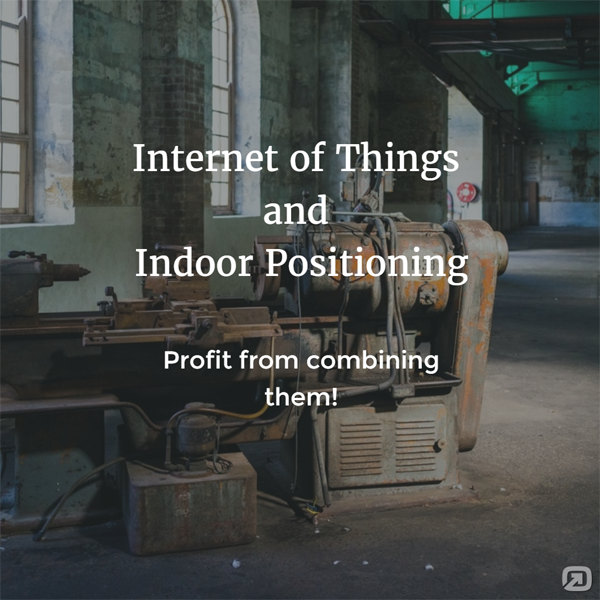The Internet of Things (IoT) is one of the major technology trends of the past years. The main difference between IoT and “the Internet” which we have known for 25 years now is that devices, not people, communicate with each other.
There are many examples in the fields of consumer products (consumer electronics, appliances, building automation, medical field) and industry (factories, machines, process control, logistics, automotive, sensor networks). The trend is towards ever smaller devices, better energy efficiency and a wider range of services.
Positioning is a typical example for IoT
Positioning has always been an important field of application for IoT, for example in supply chain management and logistics. Such solutions have been implemented with RFID chips already very early and are among the first IoT applications ever developed. The ability of determining a position inside buildings is one of the most important features in that area. The development clearly goes far beyond the blue dot on a map.
Anything that can be connected, will be connected
“Anything that can be connected, will be connected” (Forbes.com) is not only the principle which determines the Internet of Things, but also part of infsoft’s philosophy. We use the slogan „smart connected locations“ in order to express our idea that location based data becomes really valuable as soon as it is connected, prepared and shared. All of infsoft’s solutions are built according to these principles. Our tools which we use for indoor positioning and related services are connected with each other. The gained data can thus be linked and added value emerges. Moreover, using our SDK (Software Development Kit) makes it possible to integrate our technologies into existing applications.
How IoT and Indoor Positioning can be combined
An application scenario where the combination of positioning data and business logics leads to significant added value is the anonymous tracking of itineraries in office buildings. The system can analyze the data and draw the conclusion which meeting rooms are occupied. It can also suggest booking a free meeting room. Furthermore, the lift can be managed depending on the number of people on the different floors. You may want to read this blog post where we have collected some examples which go beyond the simple position determination.







